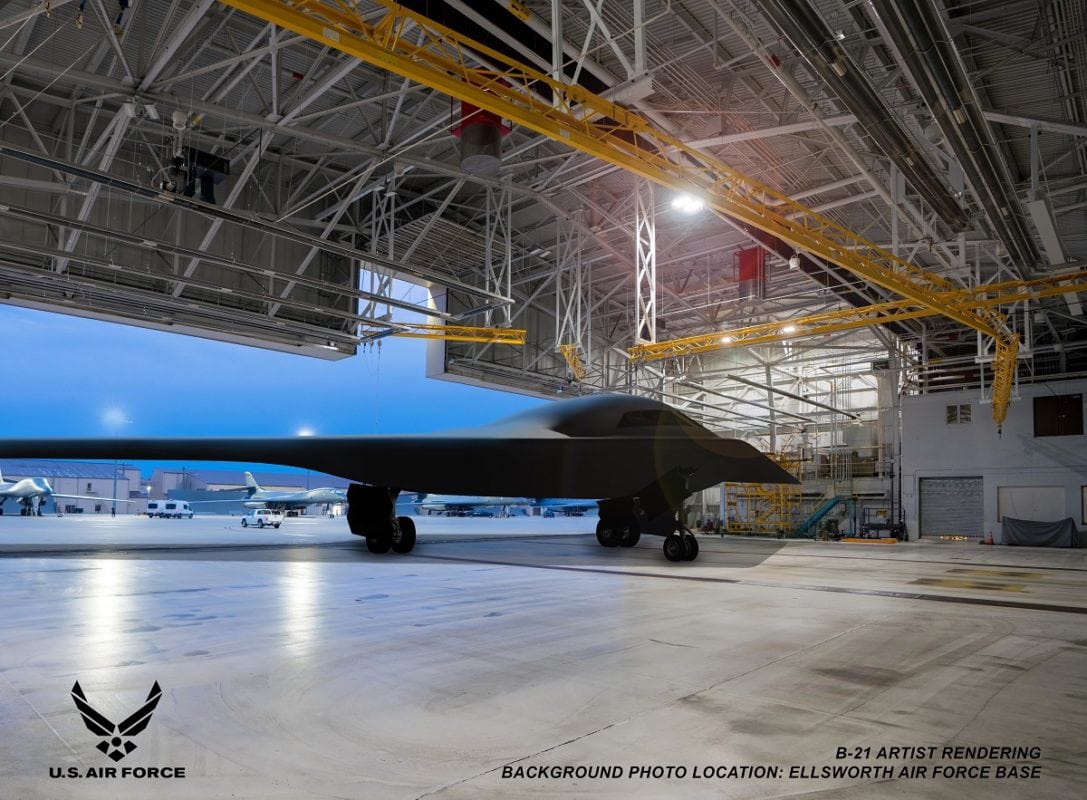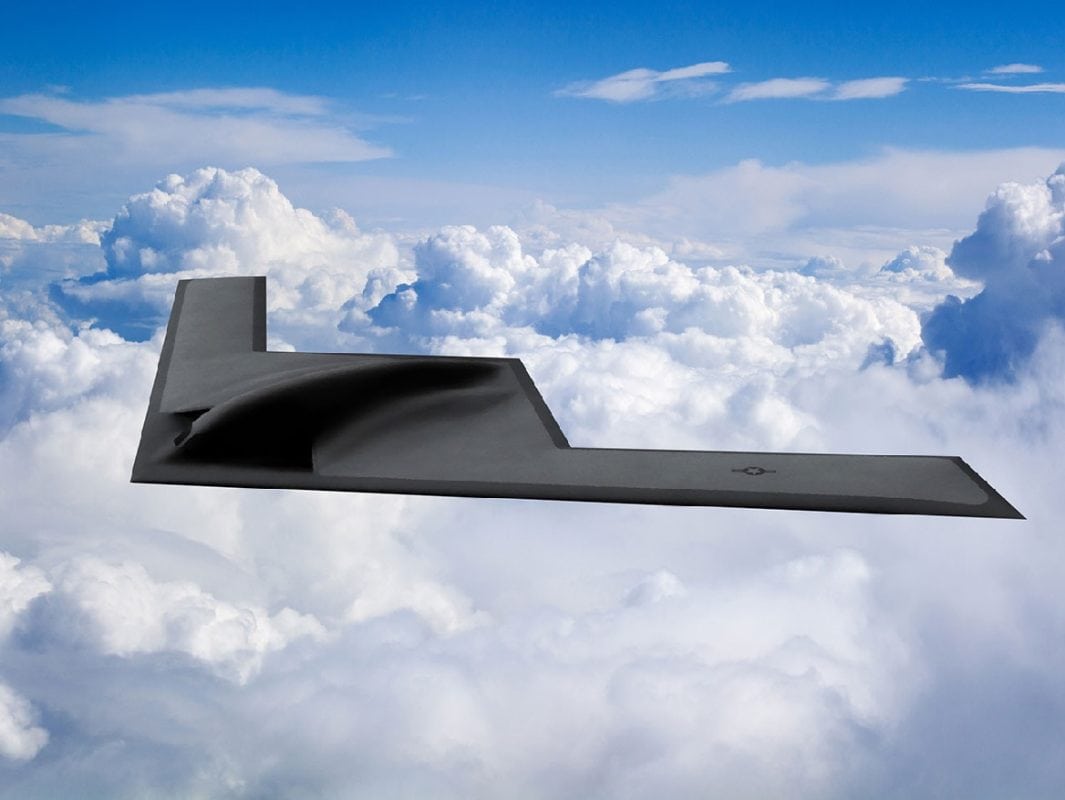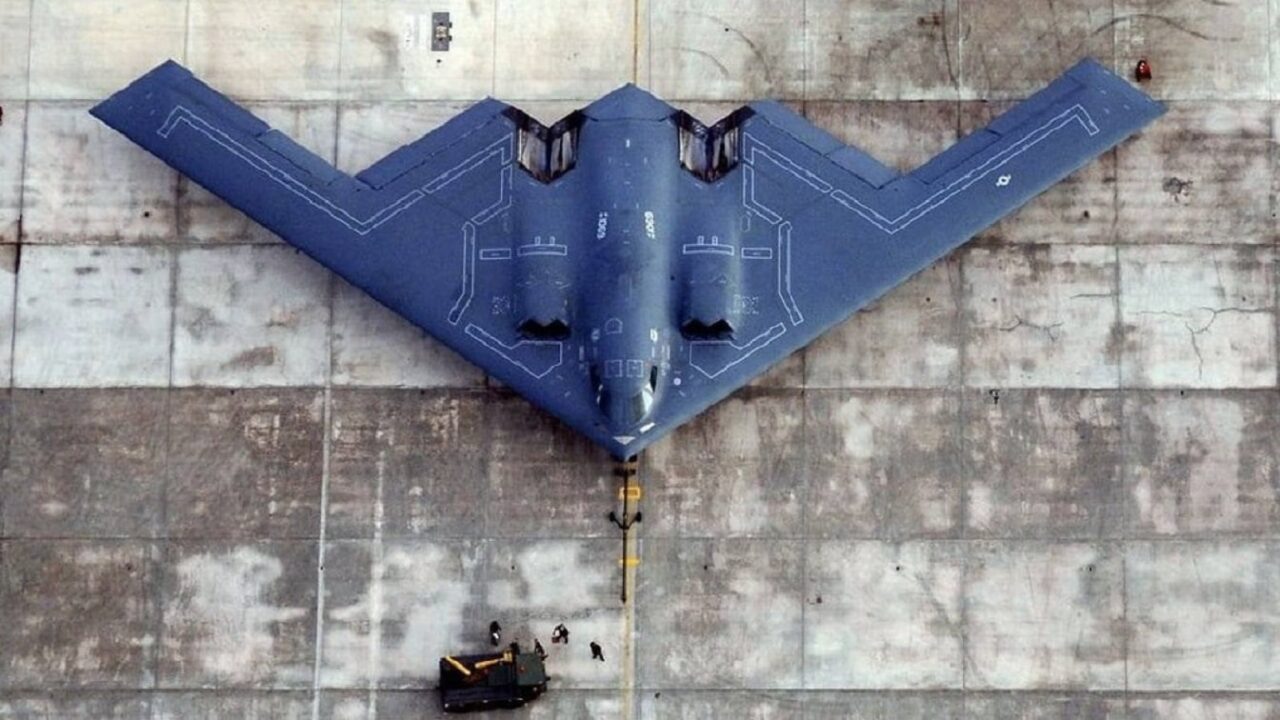The still-in-development Northrop Grumman B-21 Raider is already being touted as a dual-capable penetrating strike stealth bomber that will be able to deliver both conventional and nuclear munitions. When it officially enters service later this decade, the B-21 will form the backbone of the future United States Air Force bomber force and operate alongside the Cold War era B-52 Stratofortress – replacing the B-1 Lancer and B-2 Spirit.
Designed to operate in tomorrow’s high-end threat environment, the B-21 will also play a critical role in ensuring America’s enduring airpower capability.
The U.S. Air Force has also stated that the B-21 Raider will be a component of a larger family of systems for conventional Long Range Strike, including Intelligence, Surveillance and Reconnaissance (ISR), electronic attack, communication and other capabilities. The Raider will be nuclear-capable and designed to accommodate manned or unmanned operations. Moreover, it will be able to employ a broad mix of stand-off and direct-attack munitions.
That larger family of systems may not include unmanned aerial vehicles (UAVs) or drones, a component that had previously been discussed. It was just last year that Air Force Secretary Frank Kendall had first suggested that a drone counterpart could be developed to operate alongside the B-21 as a loyal wingman.
Drone On – Drone Off?
The drone effort has apparently been grounded, as the service has done an about-face on the loyal wingman concept.
“The idea of a similar range collaborative combat aircraft is not turning out to be cost-effective, so it looks like we’re not going to go that direction,” Kendall told Breaking Defense in an exclusive interview at the Royal International Air Tattoo earlier this month.
Kendall added that the concept appears “less attractive than we thought it might be,” and cited the value that a drone would offer. Simply put, the B-21 is being developed to conduct a strategic strike anywhere in the world, and the cost is a significant consideration.
“For relatively small platforms, taking a crew out can make it much cheaper,” he said. “But for large platforms, you don’t gain that much because the crew is only a small fraction of the weight, a small fraction of the cost by comparison.”
The Air Force isn’t pulling the plug on all of its drone efforts, and the loyal wingman-style drones are still on track to be paired with the fifth generation Lockheed Martin F-35 Lightning II, as well as the service’s Next Generation Air Dominance (NGAD) fighter that currently in development.
First Flight of the Raider Pushed Back
Northrop Grumman is reportedly still on track to roll out the first B-21 by the end of this year, and the program is currently below the Air Force’s budget of $25.1 billion for the project. Northrop Grumman made such advancements with the Raider due to information gained from the creation and development of the B-21’s predecessor, the B-2 Spirit.

Earlier artist rendering.
Image: U.S. Air Force

B-21 Raider Stealth Bomber earlier artist rendering. Image: U.S. Air Force.
Currently, there are six B-21s in production at Northrop Grumman’s Plant 42 in Palmdale.
Despite being below the budget, in May it was announced that the aircraft wouldn’t make its first flight this year, as previously planned. The Air Force now projects that the highly-anticipated bomber will take to the skies and make its maiden flight in 2023 – an added delay of some six months. Yet, the bomber is reported to still be on track to enter service by 2030.
Now a Senior Editor for 1945, Peter Suciu is a Michigan-based writer who has contributed to more than four dozen magazines, newspapers and websites. He regularly writes about military hardware, firearms history, cybersecurity and international affairs. Peter is also a Contributing Writer for Forbes.

